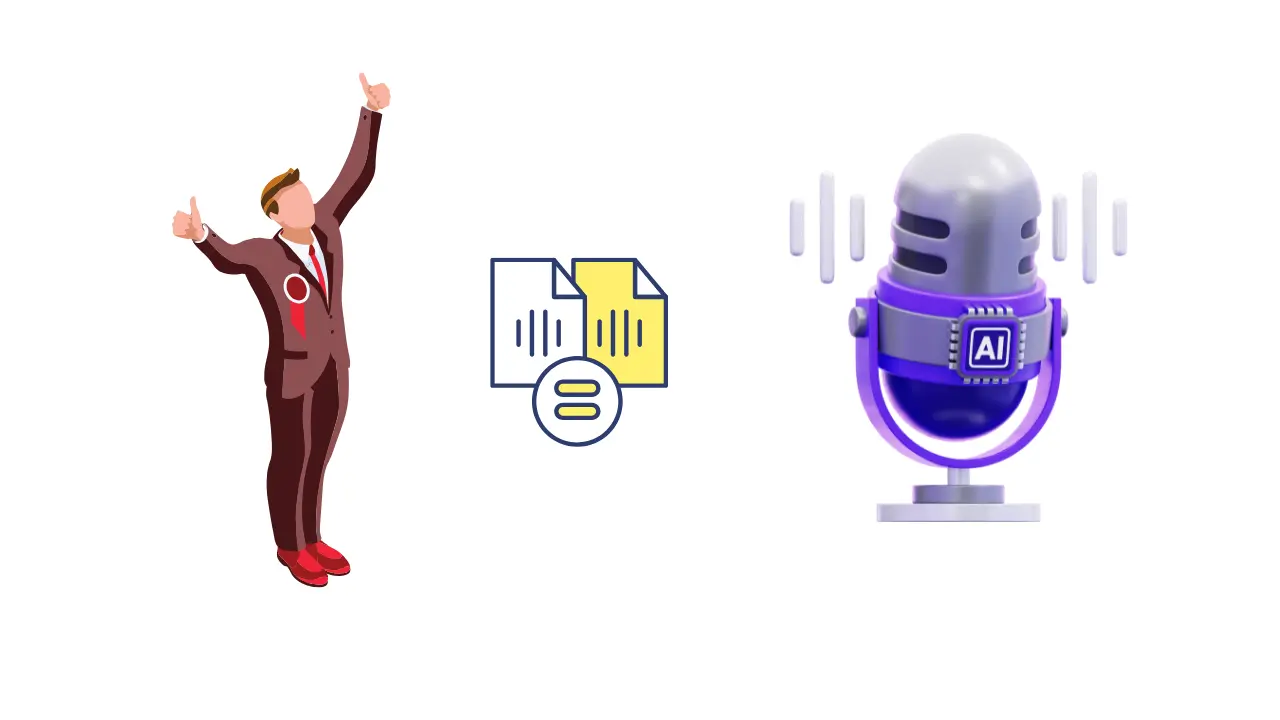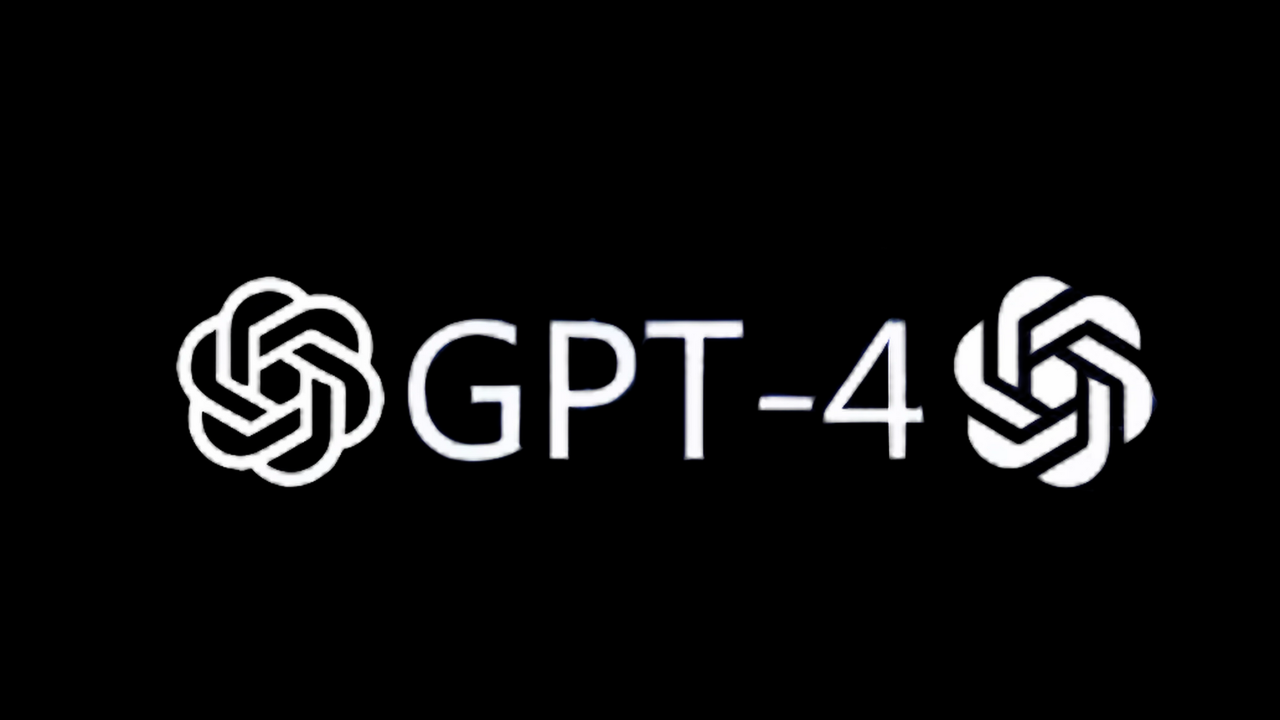In today’s digital era, where students rely heavily on the internet for learning, socializing, and entertainment, understanding cybersecurity basics for students has never been more important. With the increasing use of online platforms and digital tools in education, students often become prime targets for cyber threats. Whether you’re submitting assignments, attending virtual classes, or simply browsing the web, protecting your personal information is essential.
Cybersecurity might sound complicated, but the good news is that you don’t need to be a tech expert to stay safe online. By understanding a few basic principles, students can significantly reduce their risk of falling victim to cyberattacks. This article will guide you through the essentials of cybersecurity, explain common threats, and share simple strategies to help you stay protected.
What Is Cybersecurity and Why Should Students Care?
The technique of preventing unwanted access, attacks, or damage to computers, networks, and data is known as cybersecurity. For students, this means safeguarding personal details such as email addresses, passwords, school records, and even financial information if you make online purchases.
As students become more connected than ever, they unknowingly expose themselves to a variety of cyber risks. Hackers and cybercriminals often target young people because they might not be fully aware of the threats that exist online. Cyberattacks can lead to stolen identities, compromised academic records, and even financial loss.
Understanding cybersecurity basics for students is crucial because it empowers you to use the internet confidently while keeping your information secure. The more you know, the better you can protect yourself from potential dangers.
Common Cyber Threats Students Should Know

To build a strong defense, it’s important to recognize the common cyber threats that students face daily. One of the most frequent is phishing, where attackers send fake emails or messages pretending to be trustworthy sources. These communications frequently include malicious attachments or URLs that are intended to steal your personal data.
Another common threat is malware, which is harmful software that can infect your device without your knowledge. Malware can come from downloading files from untrusted sources or clicking on suspicious ads. Once it’s in your system, it can steal data, spy on your activities, or even lock you out of your device.
Public Wi-Fi networks also pose risks. While it may be tempting to use free Wi-Fi at cafes or libraries, these networks are often unsecured. Cybercriminals can easily intercept your data on such networks, gaining access to sensitive information like passwords and personal emails.
Finally, weak passwords continue to be one of the key cybersecurity threats. Hackers will have an easier time accessing your accounts if you utilize easy or shared passwords. It’s essential to create strong, unique passwords for each of your online accounts to reduce this risk.
How Students Can Protect Themselves Online
Now that you’re aware of the risks, let’s talk about practical steps to stay safe online. Maintaining software updates is one of the easiest yet most powerful ways to keep oneself safe. Regular updates fix security vulnerabilities and help prevent cybercriminals from exploiting them.
An additional line of defense is provided by using antivirus software. Even free versions can detect and remove threats like viruses and malware, keeping your devices secure. Make it a habit to run regular scans and follow the recommendations of your antivirus program.
Making secure passwords is an additional important step. The length of a strong password ought to be at least twelve characters, with a combination of symbols, numbers, and letters. Never use your name or birthdate as apparent choices, and never use the same password for more than one account.
When downloading data or accessing links, exercise caution, especially if the source is unknown. A suspicious-looking email or message should be avoided at all costs. Before opening attachments or accessing links, make sure the sender is who they say they are.
Finally, enable two-factor authentication (2FA) whenever possible. This security feature requires you to verify your identity using a second method, like a text message code, making it much harder for hackers to gain access to your accounts.
Building Good Digital Habits

Understanding cybersecurity basics for students goes beyond just knowing the risks and solutions. It’s also about building good digital habits that will serve you well in the long run.
One essential habit is regularly backing up your data. Accidents happen, and cyberattacks can lead to data loss. By keeping backups of important files on external drives or cloud storage, you ensure that your work isn’t lost forever.
Be mindful of the information you share online. Avoid oversharing personal details on social media platforms, as cybercriminals often use this information to guess passwords or launch targeted attacks. Think twice before posting sensitive content or engaging with unknown users.
Educating yourself continuously is another valuable habit. Cybersecurity is an ever-evolving field, and staying updated on the latest threats and protection methods keeps you one step ahead. Many free resources and courses are available online that can help deepen your understanding of cybersecurity.
Cybersecurity and Online Learning
With the rise of online learning platforms, students need to be especially vigilant. Educational accounts contain valuable personal information and academic records that hackers may target.
Ensure that your learning platform accounts use strong, unique passwords and enable two-factor authentication if it’s available. Be cautious about the links and resources shared in online classrooms and always verify their authenticity.
Additionally, avoid using public computers for accessing your educational accounts. If you must use a shared device, remember to log out completely and clear the browsing history before leaving.
By applying these simple yet effective practices, students can create a safer online learning environment and focus more on their education rather than worrying about cyber threats.
Conclusion

As technology continues to play a bigger role in education, understanding cybersecurity basics for students becomes not just a good idea but a necessity. From recognizing common threats to adopting safe online practices, taking proactive steps can significantly reduce your risk of falling victim to cyberattacks.
Remember, cybersecurity isn’t about fear — it’s about empowerment. By learning and applying the basics, you can confidently navigate the digital world, knowing you’ve taken the right precautions to protect yourself. Whether you’re attending online classes, researching for assignments, or simply browsing the internet, keep these cybersecurity tips in mind to stay safe and secure.
So, as you continue your educational journey, make it a priority to strengthen your knowledge of cybersecurity basics for students. It’s an investment in your safety today and your success tomorrow. Follow for more updates on Tech Education.





